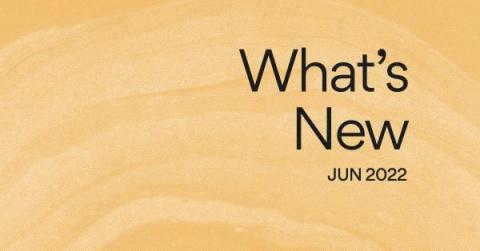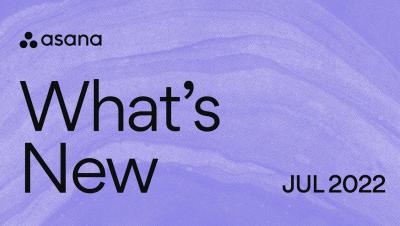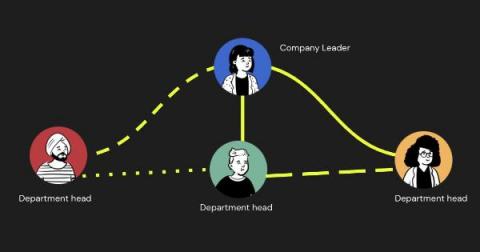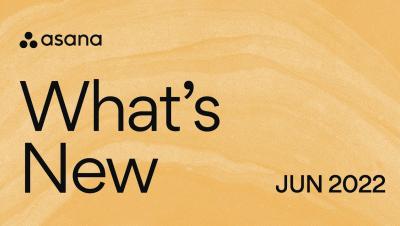What if you tried Marie Kondo's methods at work? Here's how it went for me.
My KonMari journey began a few months into the pandemic. I picked up Kondo’s definitive work about tidying up out of boredom. I admit I was surprised at how quickly her ideas resonated. It might have been the rut I was in because of lockdown and working from home, but I was immediately following the steps religiously at home. During a period of excessive time indoors, her process brought much-needed peace and joy to my home. Work was a different story, though.










